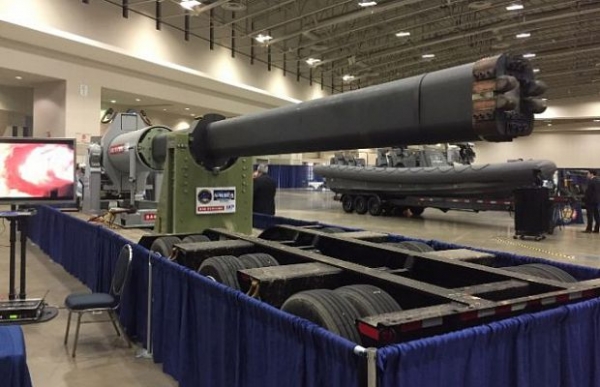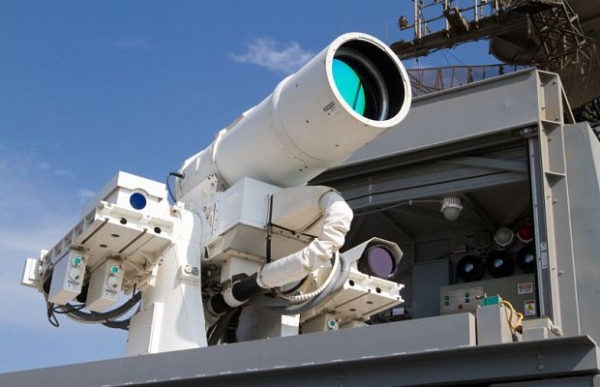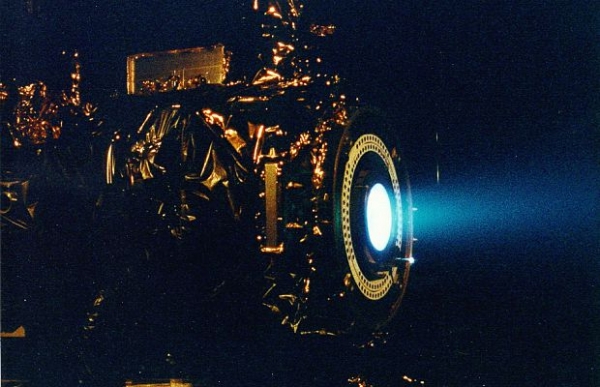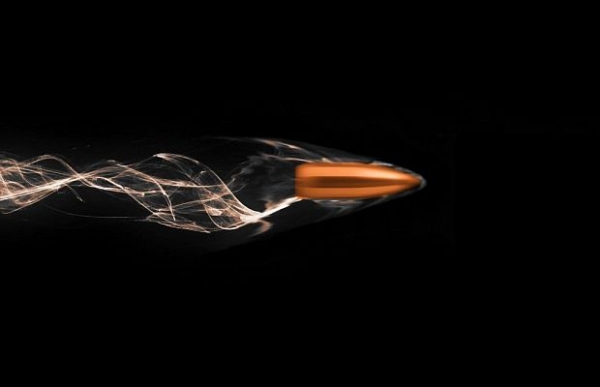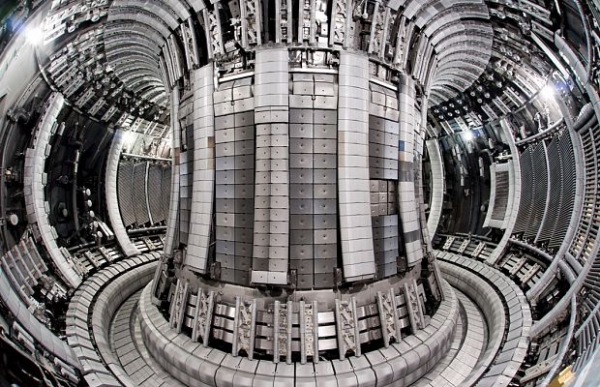
Sometimes it seems that in the last decade, the world seemed frozen in place, and mankind did not invent anything but new smartphones. Fortunately, it is not — there are many real technologies, it is able to amaze even the most fastidious critic. Some are designed for war, others for peace, but one way or another advance civilization into the future.
Bell Boeing V-22 Osprey tilt — rotor osprey, which combines the functions of aircraft and helicopters, the only serial in the world. However, the first flight he made in 1989, but the series came relatively recently, in 2005. depending on the rotation of the screws, this unit is able to take off and land like a helicopter while in the air switch on the flight mode, accelerating to 565 km/h.
Bionic implants is the natural development of the technology of artificial limbs. In the twenty-first century replacement for the arms and legs are created from carbon fiber and titanium alloys, but recent developments allow to control them with my mind. A received, for example, the Icelander Gudmundur Olafsson deprived of the ability to walk in childhood. Bionic limb reads signals live muscle tissue and reacts like a real.
Unseen material from Dallas NanoTech consists of carbon nanotubes, creating an effect similar to mirages in the deserts. So far, the technology was not sufficiently developed to be used for military purposes, since the material quickly and strongly heated, but the effectiveness of it can not refuse.
The electromagnetic railgun was presented at the exhibition Science and Technology Expo in February of last year. It can fire at a rate seven times the speed of sound, hitting targets at a distance of 177 kilometers. This is only a sample, but a real weapon on the basis of his plan no later than 2028.
LaWS — working laser weapon that can not only dazzle, but also to sink the enemy boats. The experimental prototype of this futuristic cannon was installed on the U.S. Navy ship USS Ponce in August 2014 and has successfully passed initial testing.
Ion engines — not the newest, but certainly a fantastic invention that has become a reality. The first prototype of a functioning ion engines were installed on the NASA probe Deep Space 1 and Dawn back in 1959, and since then, the technology continues to evolve.
Bionic eye technology that stands in one row with bionic limbs. Last year in Britain held the world’s first surgery to implant bionic retina 80-year-old man suffering from dry macular degeneration and completely lost her vision. Now, with the new retina and glasses, he again began to see the contours of objects and people.
Homing bullets — the invention quite frightening. It can be used to meet only in the movies or video games, but now it is gradually approaching reality. EXACTO, a prototype of this self-guided .50 caliber bullets from the American Agency DARPA, with an advanced guidance system capable of hitting targets at a distance of two miles.
Organsgrown in a lab to replace worn out, for a long time been an unattainable dream for humanity. Now experts from the University of Edinburgh in Scotland managed to grow a functioning mouse organs using stem cells. For people this technology is not yet perfect, but the experiments did not end there.
ITER — international thermonuclear experimental reactor, work on which has been conducted since 1988. The project involves the EU, China, India, Russia, USA, Japan, Korea and Kazakhstan. Originally the work was scheduled to finish by 2016, but the timing shifted to 2025. However, for fusion energy should wait an extra ten years.
Sergey Yevtushenko




